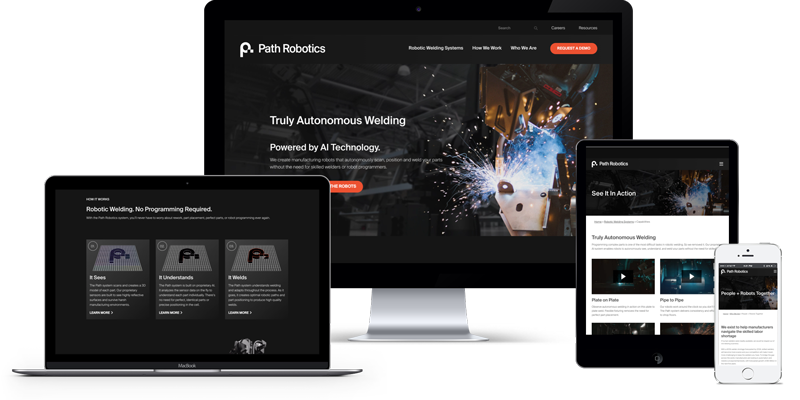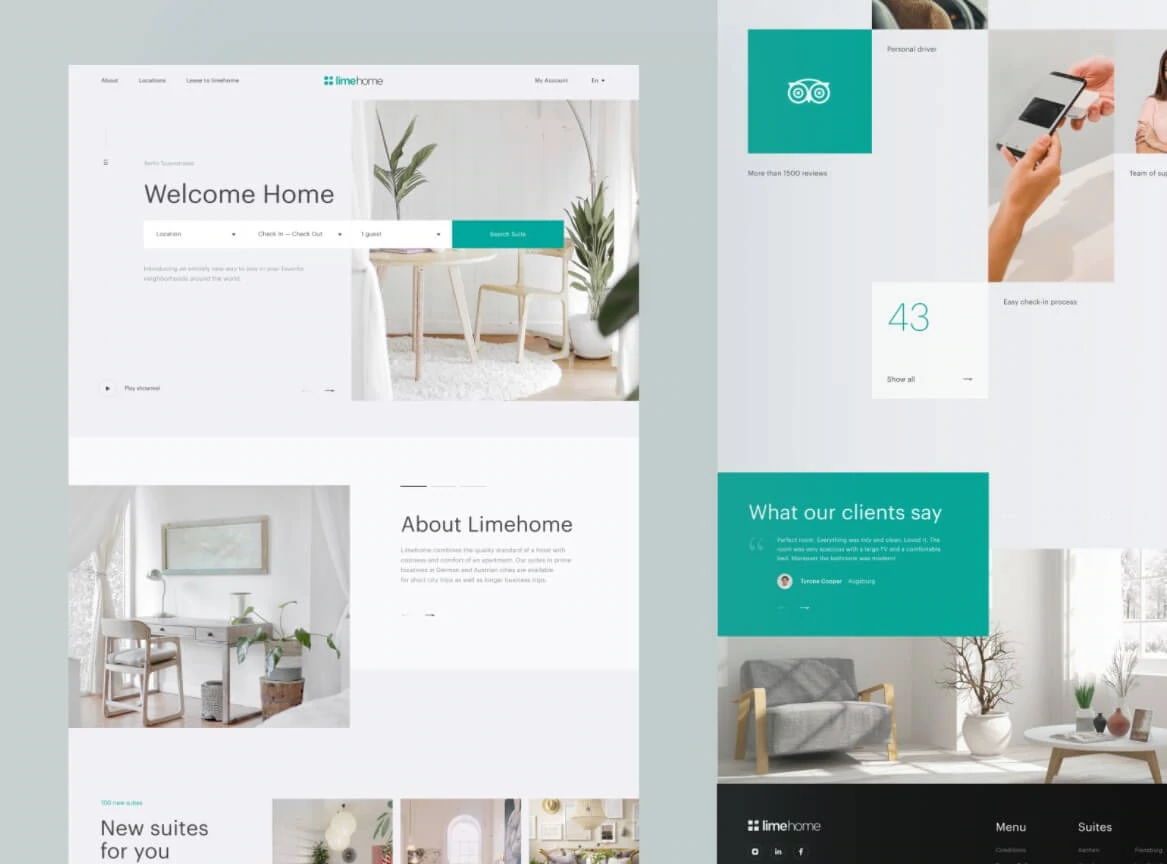The Ultimate Overview to Achieving Effective Website Design for Services
The Ultimate Overview to Achieving Effective Website Design for Services
Blog Article
Optimize Interaction: Proven Techniques for Superior Website Style
Understanding how efficient navigation, aesthetic power structure, and web content optimization merge to enhance customer involvement is important for any type of organization looking for to make a purposeful influence. As we explore different tried and tested strategies that add to superior web site style, the interplay in between these aspects exposes not just best practices however also innovative approaches that can raise user experience.
Relevance of User-Centric Style
User-centric design is important in producing efficient internet sites, as it prioritizes the demands and choices of completion user from the very start of the design procedure (website design). This method ensures that the web site is tailored to supply an optimal experience for customers, helping with involvement and fulfillment. By understanding individual behaviors, goals, and discomfort points, developers can develop interfaces that reverberate with their target audience and promote a feeling of connection
Applying user-centric design includes considerable research study, consisting of individual characters and journey mapping, which aid in determining the details demands of various individual sectors. This data-driven technique enables for informed choices regarding content, functionality, and layout, eventually causing the production of a more attractive and instinctive internet experience.
In an affordable digital landscape, prioritizing user-centric layout is not just helpful; it is necessary for driving interaction, decreasing bounce rates, and cultivating individual loyalty. Effective internet sites are those that resonate with customers, making user-centric style a fundamental concept for effective web growth.
Efficient Navigation Approaches
A well-structured navigation system is a cornerstone of reliable site design, constructing directly on the concepts of user-centric design. Reliable navigation allows individuals to find details swiftly and intuitively, boosting their overall experience and motivating longer sees.
To achieve this, think about executing a clear power structure in your navigation food selection. Primary classifications should be immediately noticeable, while subcategories can be disclosed with dropdowns or expanding menus. This organization aids users expect where they might discover pertinent content, minimizing disappointment.

Uniformity is vital; use acquainted terms and design elements throughout the site to stay clear of complication. Breadcrumb routes can also be useful, supplying customers with contextual recognition of their location within the site and enabling simple backtracking.
Finally, make certain that your navigation is mobile-friendly and responsive. As more individuals gain access to web sites by means of mobile phones, adjusting your navigating for smaller screens is necessary for preserving functionality and availability. By focusing on these methods, you can produce a seamless navigation experience that keeps users engaged.
Visual Hierarchy and Format
Developing a clear aesthetic pecking order is vital for directing users through an internet site's web content successfully. A well-structured design not only boosts customer experience however also influences just how site visitors interact and regard with info. By tactically employing dimension, shade, contrast, and spacing, developers can produce prime focus that attract interest to one of the most critical elements, such as headings, calls to activity, or images.
Including a grid system can additionally enhance aesthetic hierarchy by giving a constant structure for material positioning. This organization permits individuals to browse the site with ease, making it much easier to digest info (website design). Additionally, making use of whitespace is crucial; it develops breathing area around elements, lowering cognitive overload and highlighting essential material

Material Optimization Methods
While producing aesthetically attractive styles is vital, the performance of a website ultimately depends upon how well its content is optimized click for both search engines and user engagement. Content optimization involves a tactical method that improves visibility and significance, eventually driving traffic and retaining visitors.
First, keyword research is basic. Recognizing pertinent key words that line up with individual intent permits the assimilation of these terms normally right into headings, message, and meta summaries. This not just aids in ranking greater on online search engine however likewise enhances the clearness of material for individuals.

Furthermore, maximizing for local check it out search engine optimization can increase involvement for region-specific audiences. Integrating localized search phrases and creating material that addresses local rate of interests boosts significance.
Last but not least, regularly upgrading material guarantees that it continues to be useful and fresh, appealing to both online search engine and returning customers. By focusing on these content optimization strategies, businesses can produce an engaging on-line presence that promotes communication and drives conversions.
Receptive and Mobile-First Approaches
User engagement and material presence are significantly influenced by the capability of an internet site to adjust perfectly across different gadgets. With the surge of mobile browsing, using responsive layout and mobile-first approaches has become essential for efficient web advancement. Receptive layout ensures that a single site design changes fluidly to different screen sizes, from desktops to mobile phones, consequently supplying a regular customer experience.
On the other hand, a mobile-first strategy prioritizes the mobile customer experience throughout the style process. By designing for smaller sized displays at first, developers can focus on crucial attributes and improve performance, ensuring that customers are not bewildered by unnecessary web content. This technique likewise improves filling times, which is vital for retaining site visitors.
Both techniques add to greater engagement prices, as individuals are most likely to communicate with a website that is aesthetically appealing and straightforward. Search engines favor mobile-optimized websites in rankings, therefore enhancing presence. In summary, embracing responsive and mobile-first layout methods is critical for making best use of individual involvement and guaranteeing that web content visit the website remains easily accessible and efficient throughout all devices.
Final Thought
Effective navigating techniques, a well-defined visual pecking order, and optimization of web content dramatically boost customer experience. Jointly, these strategies not just assist in info retrieval but also foster much deeper customer communication, eventually contributing to higher involvement prices and general web site success.
As we check out various proven strategies that add to impressive web site design, the interplay in between these aspects exposes not only ideal methods however also cutting-edge methods that can raise user experience.User-centric layout is necessary in producing effective internet sites, as it focuses on the needs and choices of the end customer from the very beginning of the layout process. Effective internet sites are those that resonate with users, making user-centric layout an essential principle for effective web growth.
Responsive layout makes sure that a single internet site design readjusts fluidly to various screen dimensions, from desktops to smartphones, thus providing a constant user experience.
In recap, adopting receptive and mobile-first style strategies is important for optimizing user interaction and ensuring that material continues to be available and reliable across all gadgets.
Report this page